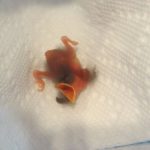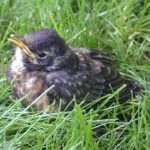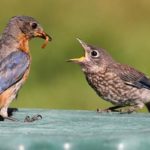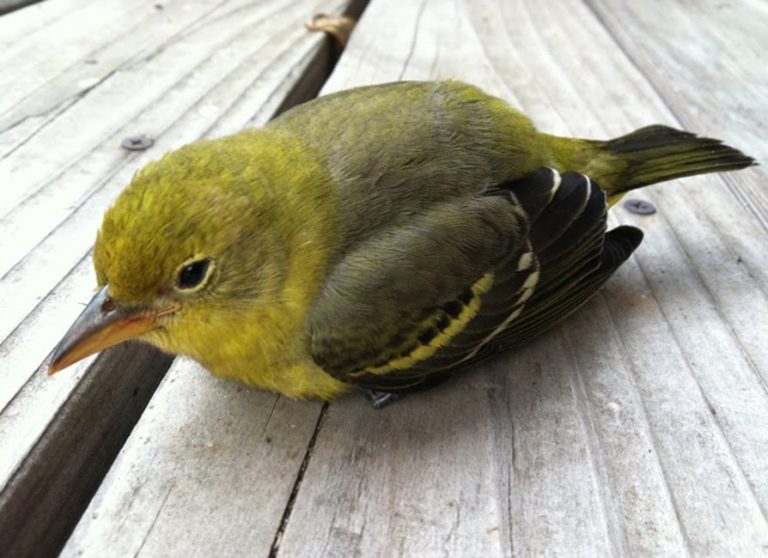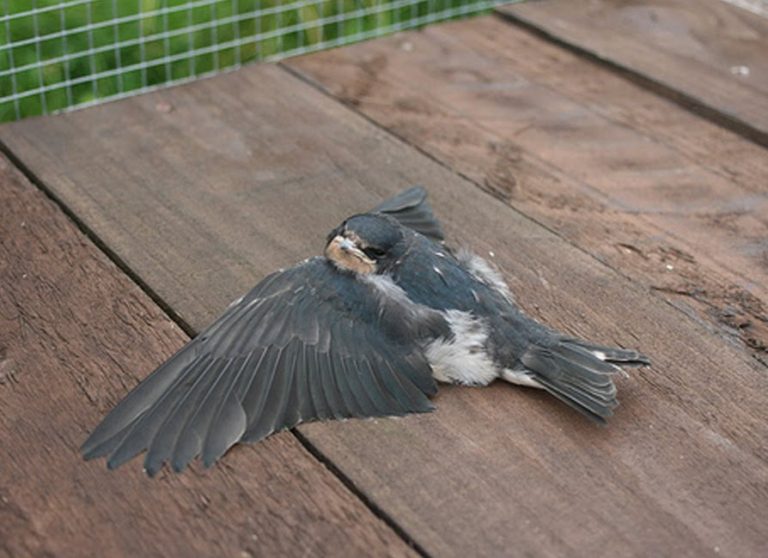
RELEVANT NATURAL HISTORY
Songbirds act as a two-parenting unit (mom and dad). They take great care of the eggs in the nest and upon hatching and take turns getting food for their young. This often means bringing back insects and other food items several times an hour, from dawn until dusk, which is a herculean task, and one that is very time-consuming for any wildlife rehabilitator who takes in orphaned birds.
Baby birds learn invaluable information from their biological parents, such as their species-specific song. Therefore, it is vital to make sure a baby bird is truly orphaned before taking it in for care. Some young birds fly out of the nest directly and are on their own, others spend time on the ground before being able to fly, receiving parental care for varying amounts of time.
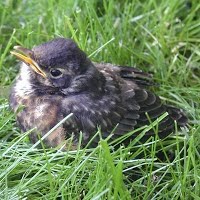
Stages of Development:
As young flyers, these youngsters may or may not have in their “mature adult” plumage, making them a different color than their parents. Still learning to track down food, they will naturally follow mom and dad around begging for food while they try to do-as-they-do and self feed in between handouts.
People often wrongly assume that fledgling birds are abandoned because they are not flying yet, leading to many “kidnapped” young birds. There are many different species of songbirds and they come in all sizes and colors. There are other major differences such as seed eaters, versus insect eaters, and migrating species versus those species that remain in one geographic location, year-round. To provide species-specific information would require pages of content, but there are commonalities when determining whether they require our assistance.

